
4 minute read
DESIGN DEVELOPMENT
from Vita Nova
A development for Vita Nova can be looked at via the scope of Food, Technology and Circular Economy. All crucial for the development of the city into a clearer form.
Technology acts in most cities across the globe and Vita Nova should be no different. Using technology as an instrument creating faster economic networks between goods, services and people to aid in the prosperity of the city as an autonomous body of greater Newcastle.
Advertisement
Having a circular economy at focus the progression of this idea is distributing old services or items further then Vita Nova itself. Each structure already has in place a redistribution and collection point in the communal ground floor. This is so residents can give away surplus food, clothing, technologies etc in a convenient and affordable way. This approach benefits not just other individuals who may require this service but the city collectively; thus, creating equality to a possible 6000 residents.
This process can happen with excess food from our targeted approach of agro urbanism. Surplus not wanted by apartments can be distributed to restaurants in the below common area or for resident profit can be placed online and sold to other people within the city or greater Newcastle using drone services.

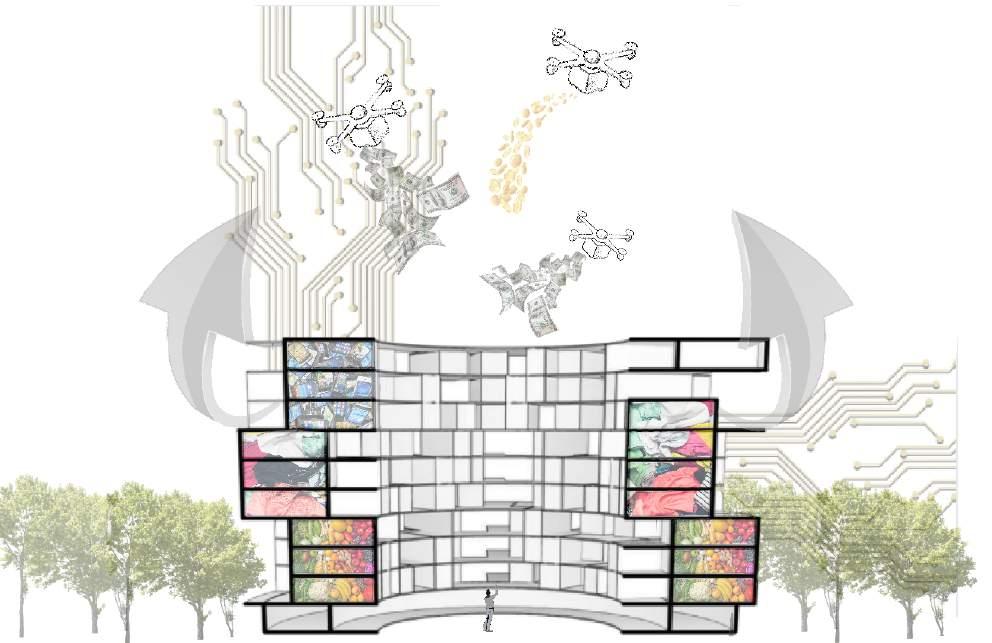
Section model of how excess goods can create profit for towers holistically as well as individually via technology
This gives the ability to stay connected with surrounding areas financially without having to conduct traditional trade methods. A solution like this could also see Vita Nova become disconnected completely from the outside creating a 100% independent and viable "city within a city” . Using drone technology enables faster access to services and products required , creating wealth for residents and the city itself becoming a fresh economy one of technology and service. This type of economy being targeted by NCC by 2036.
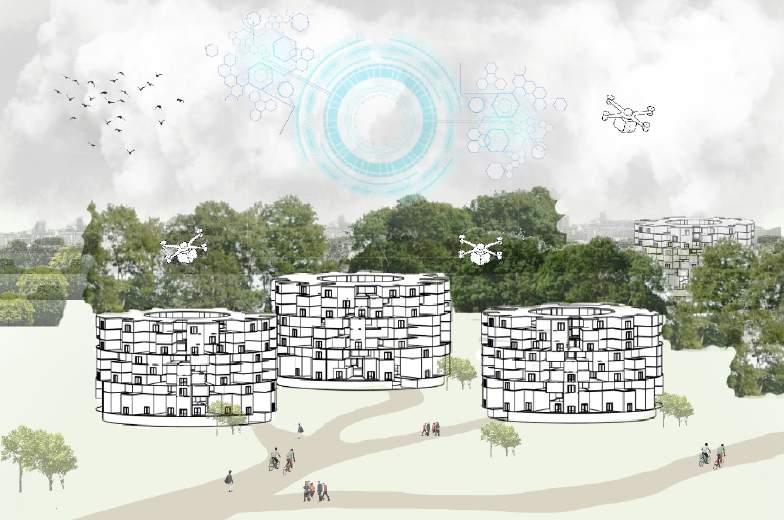
Greater independence of towers could see a reduction of external foot traffic meaning this model could be adapted for higher density
This ease of service whether it be food delivery or exportation of materials can be done via residents balconies or within the communal grounds of the buildings themselves.
This type of extra income and common interest could make communities inside the buildings stronger then before and the ease of distribution could even suggest creating Vita Novian structures in higher density areas as further redevelopments moving forward. This would reduce the need to find new land to assist in appropriate and sustainable urbanisation
FOOD EXCESS GOODS AND SERVICES
SELL DONATE
GIVEN TO VITA NOVA'S DISTRIBUTION TO BE RECIRCULATED LOCALLY
TECHNOLOGY CLOTHING/OTHER GOODS
OPTION TO SELL EXCESS FOOD GROWN IN APARTMENTS OR FOR OWNERS OF CAFES AND RESTRUANTS TO SELL. % TAKEN BY VITA NOVA FOR USE OF SERVICE
DISTRIBUTED BY VITA NOVA DRONES EXTERNALLY OR INTERNALLY % TAKEN FOR USE OF SERVICE
CLOTHING ITEMS DISTRIBUTED BY VITA NOVA DRONES EXTERNALLY OR INTERNALLY LARGER ITEMS TRANSPORTED BY COMMUNAL VEHICLE SERVICE. % ONLY TAKEN FOR DRONE SERVICE
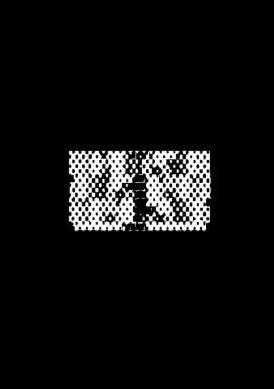
MONEY MADE FUNDS MAINTENANCE AND REDEVELOPMENT OF SITE ALONG WITH RENTAL INCOME WITHOUT RELYING ON OTHER FACTORS
MODEL

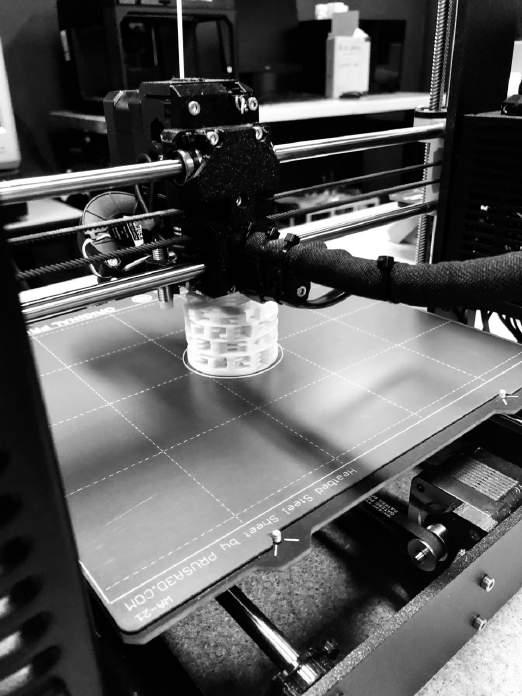
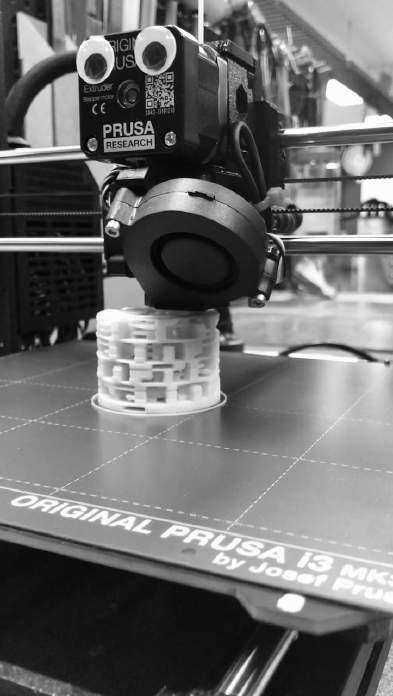

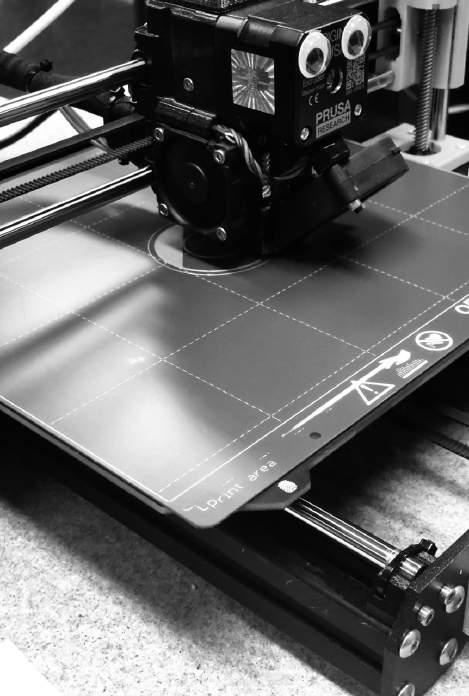
3D PRUSA PRINT OF TULOU'S 1:1000 SCALE PRINT


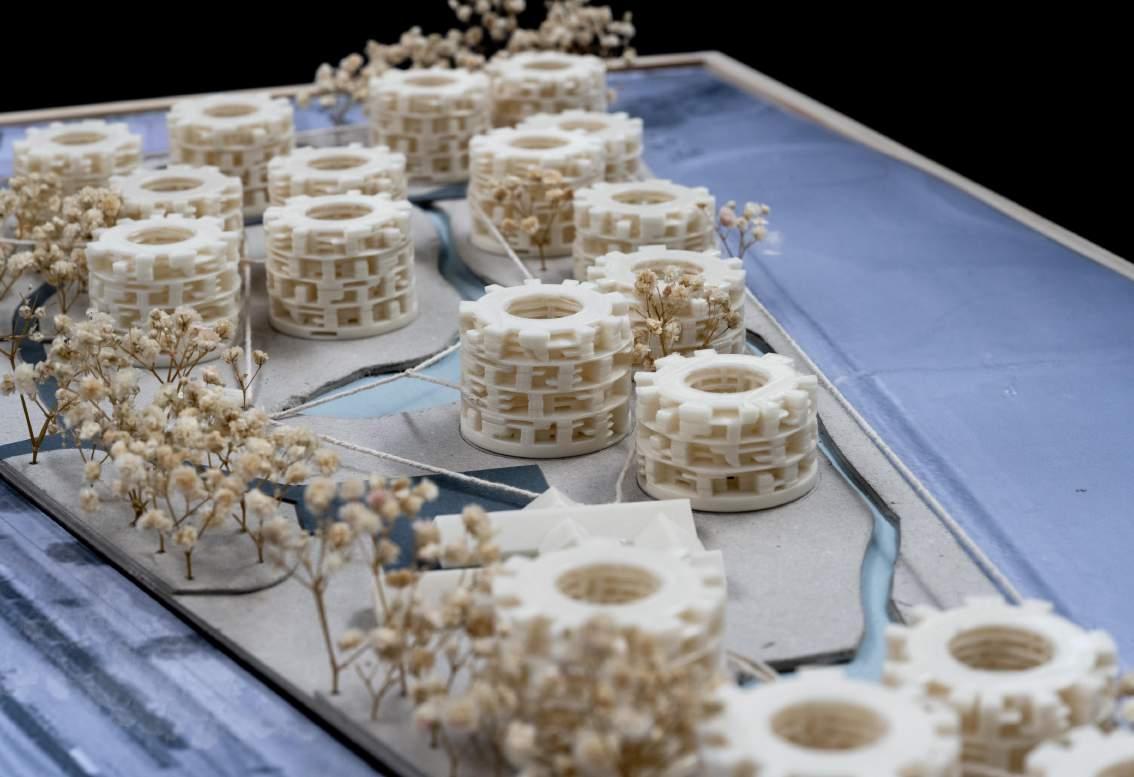
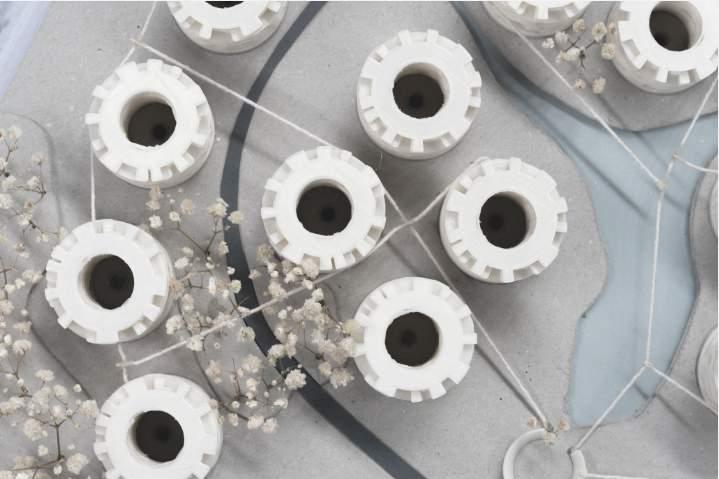

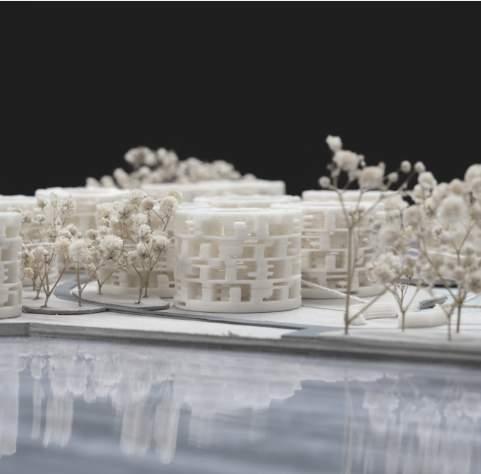
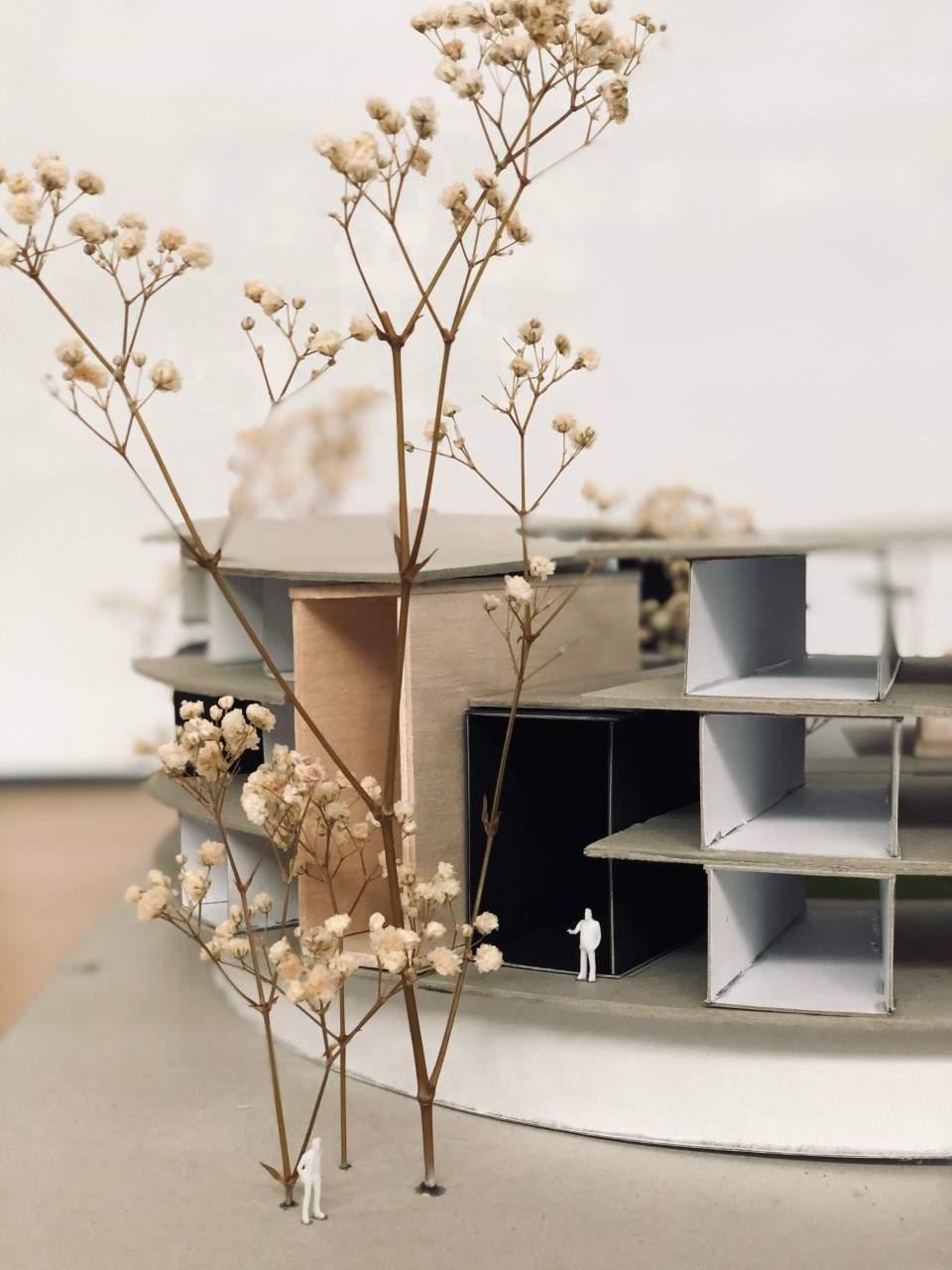
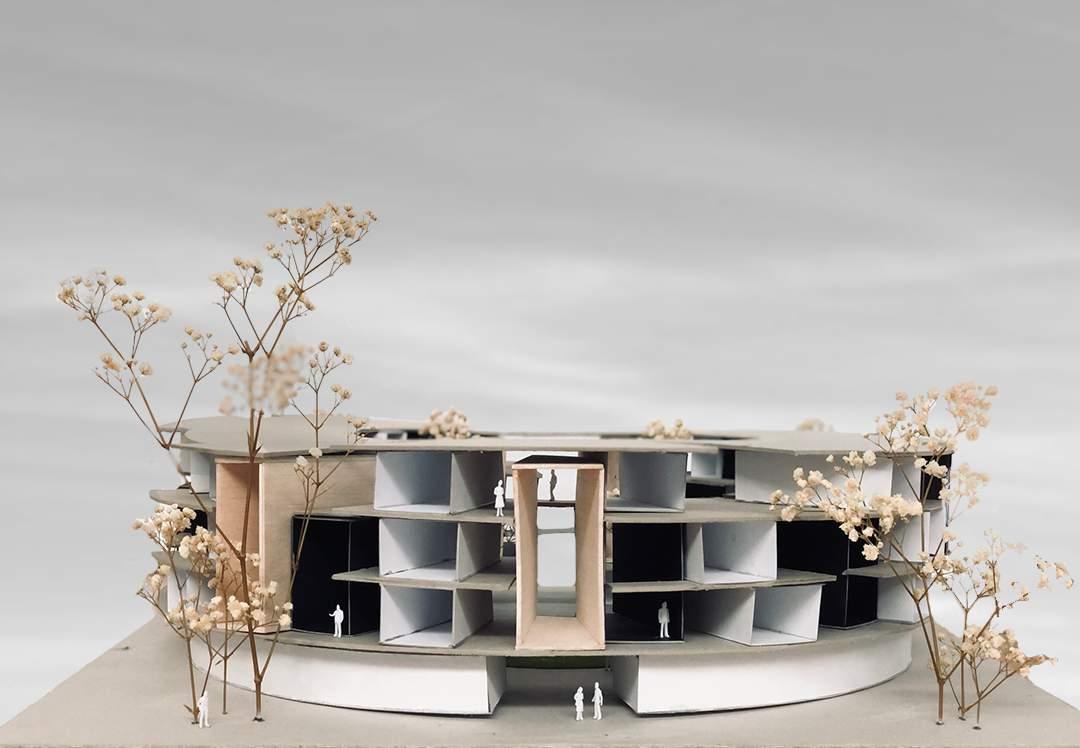

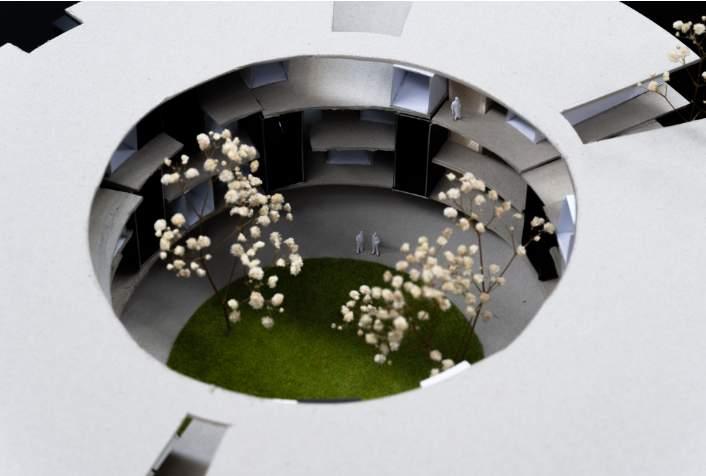
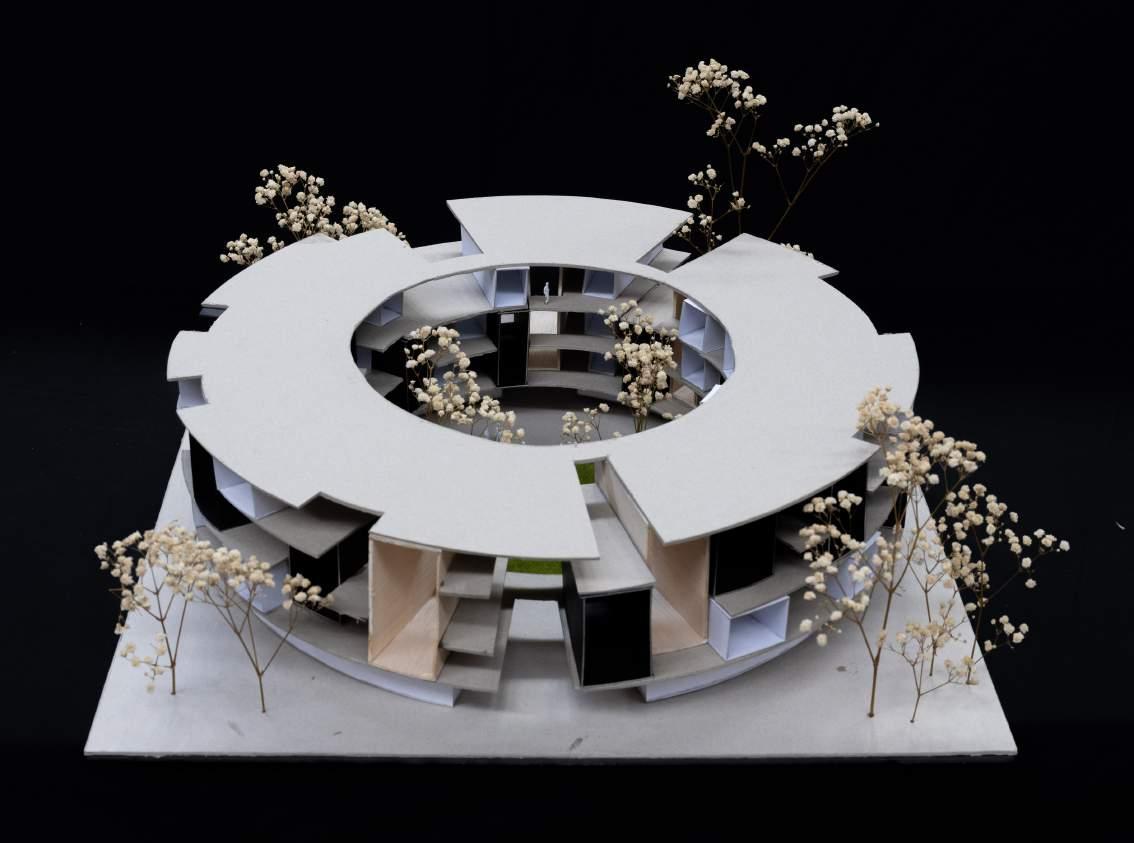
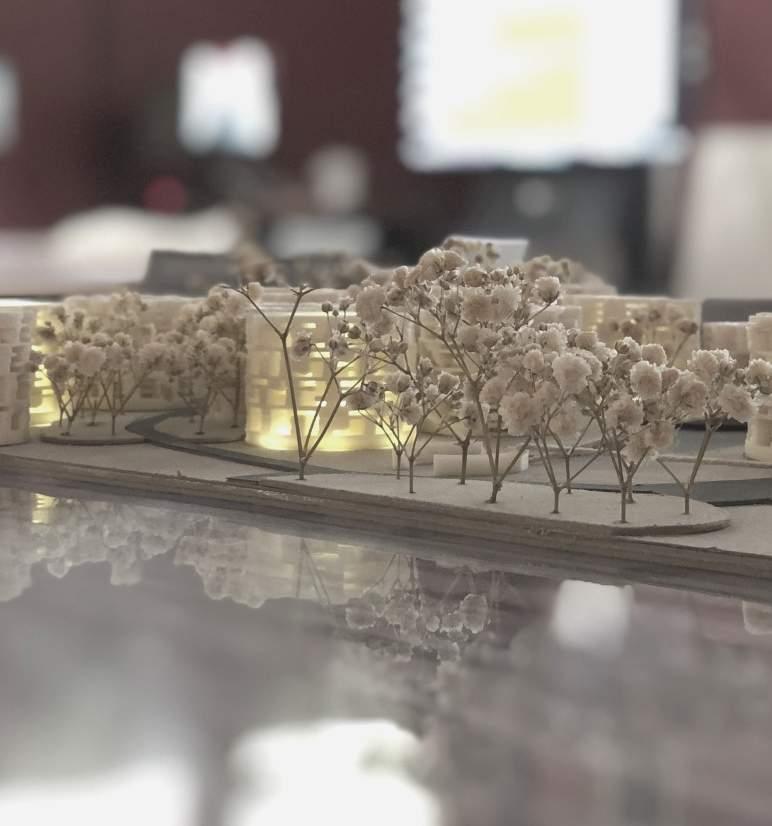
APPENDIX & REFERENCING
[1] BHP STEELWORKS IMAGE 1915 (WILLIAM RUDDICK, UON COLLECTION) [2]"Newcastle Steel Works” by David Moore 1963 [3] Greater Newcastle Metropolitan Plan Figure 17: Catalyst Area Newcastle Port page 69 [4] Greater Newcastle Metropolitan Plan Figure 8: Housing opportunities page 42 [5] Gardens by the Bay Joey M. Atienza Photography [6] Spatial City by Yona Friedman 1958 [7] Fujian Tulou diagrammatic Sketch Chinese Houses: The Architectural Heritage of a Nation, page 187 [8] Habitat 67 by Moshe Safdie 1967 phot source unknown
Black background model photos taken by Jed Cranefield
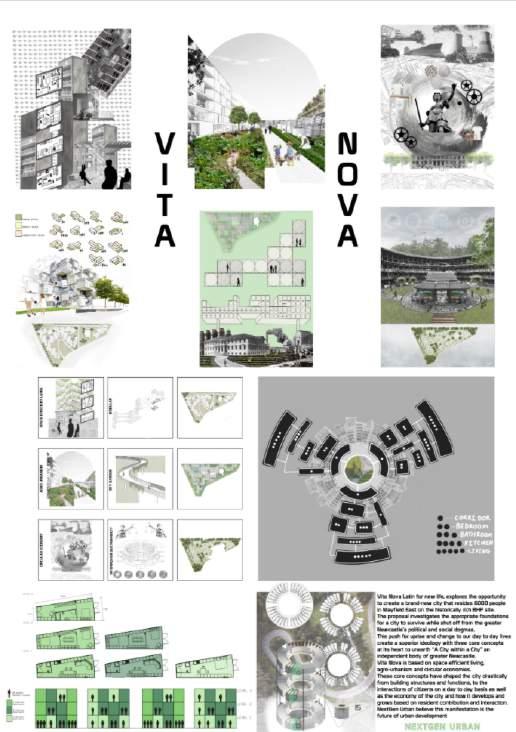
Research Collective

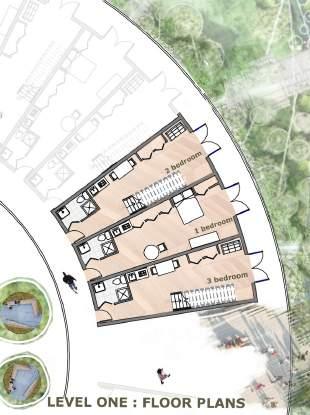
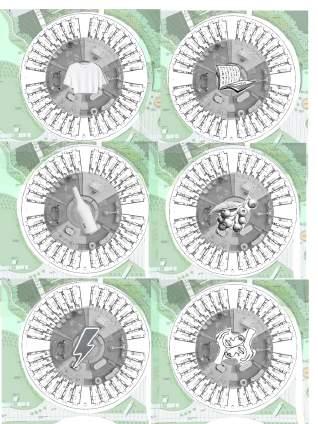
Further graphic analysis of design and ways we could improve from phase one to phase two
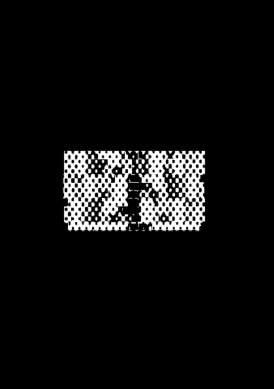
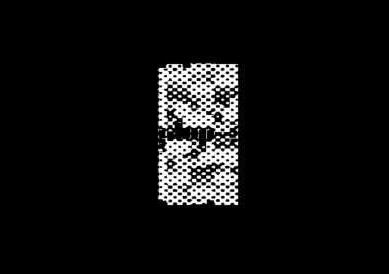
CREATED BY RYLAN JACKSON 20 20




